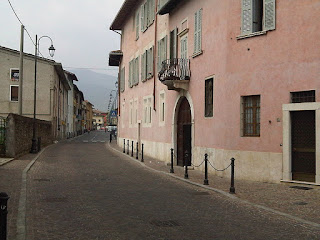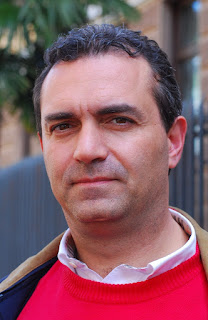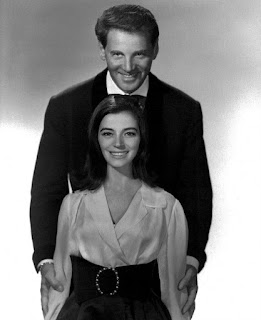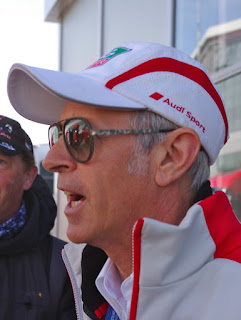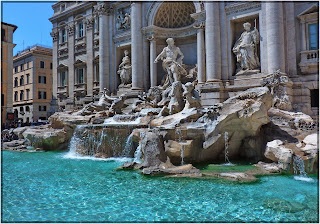Medici wife one of most powerful women of the Renaissance
 |
| Domenico Ghirlandaio's portrait of Lucrezia Tornabuoni, painted in around 1475 |
Connected by birth to the powerful Tornabuoni family on her father’s side and the Guicciardinis through her mother, Lucrezia entered a third powerful family when she married Piero di Cosimo de’ Medici.
Yet she was an important figure in her own right, revealing politic skill and a talent for diplomacy during her husband’s time as de facto leader of Florence and when their son, Lorenzo, succeeded him.
She was also a successful property owner, buying houses, shops and farms in and around Pisa and Florence, which she would then lease out. She bought and renovated a hot spring, Bagno a Morba, turning it into a resort and spa for paying guests.
And she enhanced her popularity in Florence by supporting religious convents and working with them to help widows and orphans. She would draw on her own income to provide dowries for women from poor families so that they could marry and use her influence to help family members obtain good positions in the church or government.
Tornabuoni’s father was Francesco di Simone Tornabuoni, a wealthy banker and elected magistrate. Well read and educated to a high standard in Latin and Greek, she was introduced to Piero di Cosimo de’ Medici through her father’s friendship with Cosimo de’ Medici. Her dowry of 1200 florins helped to seal the alliance between the families.
 |
| Piero di Cosimo de' Medici, depicted in a 16th century painting by Bronzino |
When Piero took over the government in 1464, his health was poor and Lucrezia assumed an even greater role as his representative, helping him decide on important issues. She was also called on to mediate disputes, once ending a feud between two families that had gone on for 20 years.
Her prominence was not without pitfalls, however. In October 1467, she and her youngest son, Giuliano, were the targets of an assassination attempt linked to the rivalry between Piero and Luca Pitti.
Lucrezia's influence increased still further in 1469 when Piero died and her son, Lorenzo, who would be known as Lorenzo the Magnificent, succeeded him as ruler of Florence, relying heavily on his mother’s advice and contacts.
In addition to her political and business interests, Lucrezia, who died in 1482, wrote religious stories, plays, and poetry and was a significant patron of the arts.
Around 1475, her brother Giovanni Tornabuoni, who was a papal ambassador and a banker, commissioned a portrait of her by Domenico Ghirlandaio, which is now in the National Gallery of Art in Washington, DC. She is also thought to appear in various scenes in Ghirlandaio's frescoes in the Tornabuoni Chapel.
| The Palazzo Corsi-Tornabuoni today |
The Palazzo Tornabuoni, the family home in Florence, was originally created for Giovanni Tornabuoni by merging a number of palaces in what is now the Via de’ Tornabuoni, connecting the Piazza Antinori with the Ponte Santa Trinità. Since the 16th century, when it was bought by the Corsi family, the palace has been known as the Palazzo Corsi-Tornabuoni.
| The Gucci store in Via de' Tornabuoni |
The Via de’ Tornabuoni of today is well known as Florence’s high-fashion shopping street, characterised by the presence of exclusive stores belonging to houses such as Gucci, Salvatore Ferragamo, Enrico Coveri, Roberto Cavalli, Emilio Pucci and others, and also jewellery boutiques such as Damiani, Bulgari and Buccellati.
Home


